
Employees work on the production line of a new energy vehicle manufacturer in Ganzhou, Jiangxi province. (ZHU HAIPENG/FOR CHINA DAILY)
China's manufacturing sector maintained recovery momentum and stable growth in the first three quarters of this year, marked by notable improvement in various indicators, officials and experts said on Wednesday.
Overall industrial production continues to improve and corporate revenues are recovering fast, but some industries are still under pressure, experts said, calling for more intensified policy support to further anchor market expectations and solidify the foundation of industrial recovery in the fourth quarter.
China's industrial output, an important economic indicator, rose 4 percent year-on-year in the first three quarters, accelerating by 0.2 percentage point over the first half of the year, data from the National Bureau of Statistics showed on Wednesday.
The third quarter's industrial output increased by 4.2 percent year-on-year, and August and September saw a continued increase in the month-on-month expansion rate, indicating that the country's industrial sector is on the mend, said Sheng Laiyun, deputy head of the NBS, during a news conference.
Meanwhile, positive changes characterize a range of related indicators, Sheng said, noting the purchasing managers index for China's manufacturing sector came in at 50.2 in September, above the boom-or-bust line of 50, bouncing back to the expansionary territory for the first time since April.
The manufacturing activity is showing pickup signs as the continuing positive effects of supportive policies deepened overall economic activity, said Zhang Wenlang, chief macroeconomic analyst with investment bank China International Capital Corp.
Amid the improving manufacturing climate, demand for industrial products is increasing as the drop in the producer price index, which measures prices of goods at the factory gate, narrowed for the third straight month in September.
The PPI dropped 2.5 percent year-on-year in September, narrowing from a 3 percent fall in August and a 4.4 percent slide in July, NBS data showed.
China's major industrial firms saw their profits rebound strongly in August, surging 17.2 percent year-on-year, since market demand is growing and prices are rising. Yet, the combined profits in the first eight months posted a year-on-year decline. The robust growth in August, however, marked another encouraging development, Sheng said.
Furthermore, the ongoing upgrade of the industrial structure contributes a lot to the robust recovery and growth of manufacturing, as highlighted by the growth of high-tech manufacturing, new energy and new materials at a faster clip, said Fu Baozong, director of the industry department at the Beijing-based Academy of Macroeconomic Research.
The output of solar batteries, charging piles and new energy vehicles, as shown by NBS data, rose by 63.2 percent, 34.2 percent and 26.7 percent, respectively, in the first three quarters.
Efforts to foster new growth drivers of industrial development have been increasing, with the investment in high-tech industries up 11.4 percent year-on-year in the first nine months, and the manufacturing sector has been developing steadily toward high-end and green ventures, Fu said.
Going forward, the output of high-tech products is expected to maintain rapid growth, and along with the steady development of equipment manufacturing sector, and will help promote the overall growth of industrial production in the fourth quarter, he said.
That said, private enterprises, especially micro and small ones, have been hit harder by the COVID-19 pandemic over the past three years, and it will take some time for them to fully recover, Sheng said, citing the PMI for large firms is above 50 while the PMI for smaller firms is at 48.
The bureau recently conducted a survey of 59,000 micro and small enterprises, which showed that the production and order index and the overall business situation have improved. The prosperity index increased 1.5 percentage points from the previous year, Sheng said, adding that stronger policy measures to help private enterprises grow and thrive will be further implemented.
Experts cautioned that an increasingly complex external environment and slowdowns in global trade and investment could pose problems. They called for policy reserves, including fiscal and monetary tools, to be tapped in tune with the evolving economic dynamics.









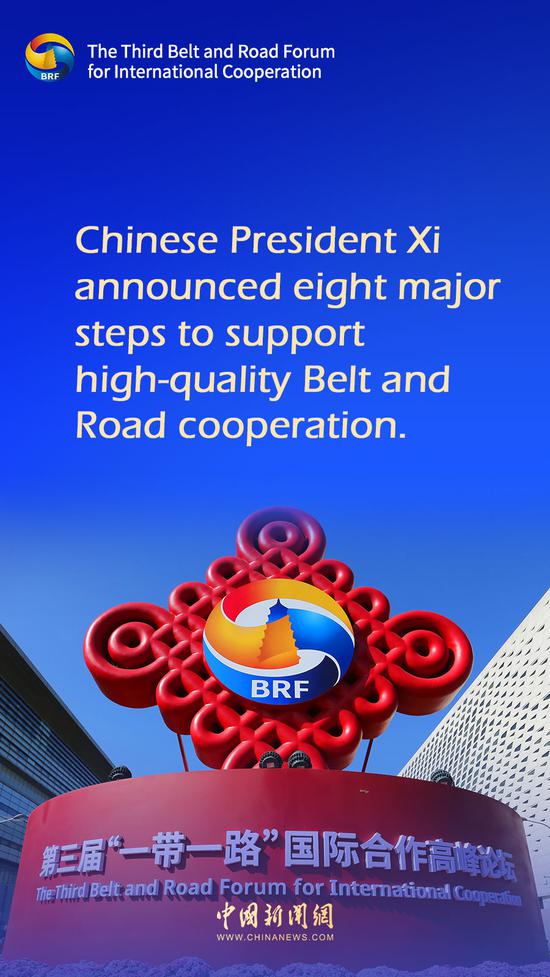

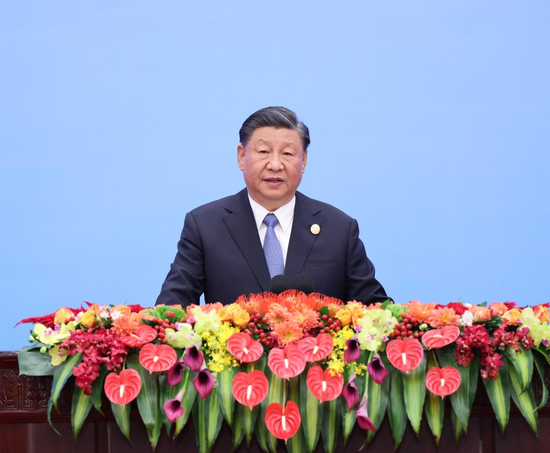












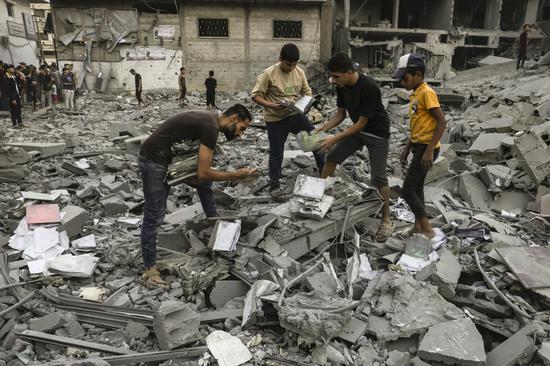
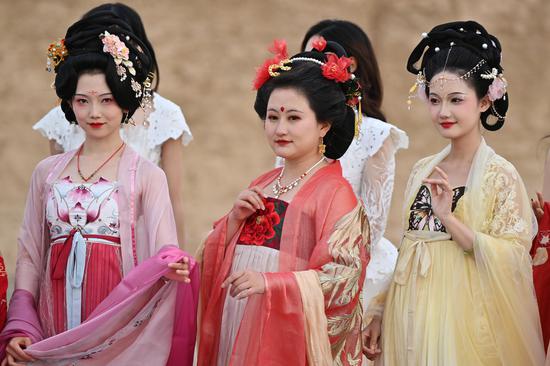








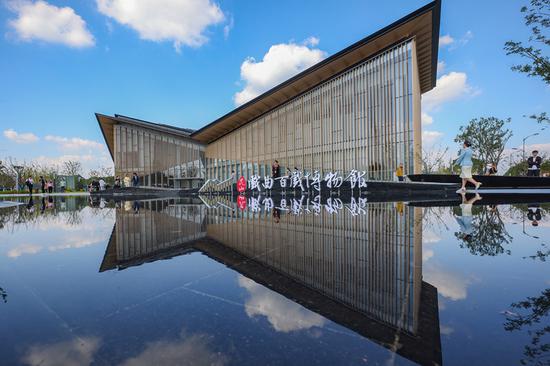















 京公网安备 11010202009201号
京公网安备 11010202009201号